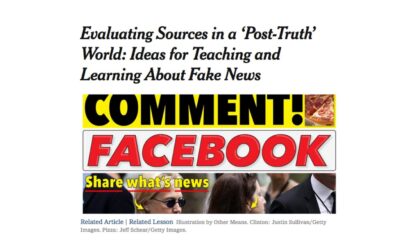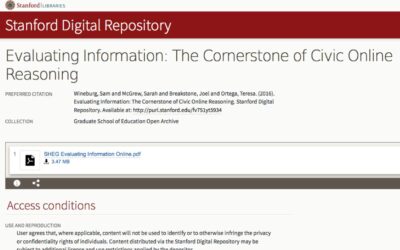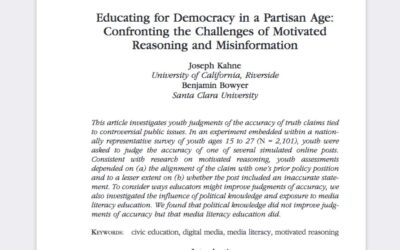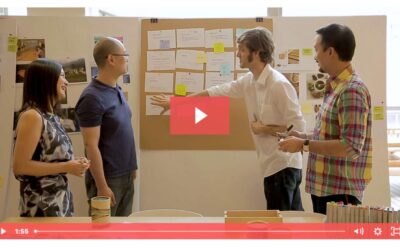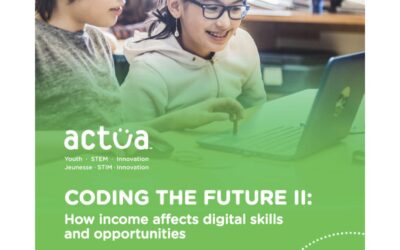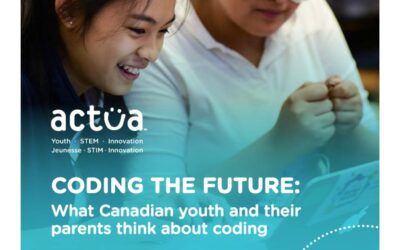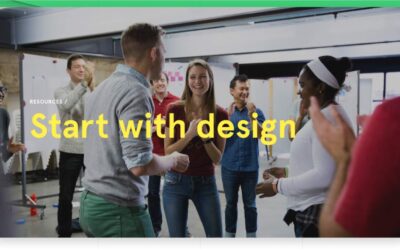Recommended Reads
We know how hard educators work to stay up to date on best practices and new content. To help, we have curated a list of videos and reading for you to explore. The below list specific tackles digital literacy and digital citizenship.
Evaluating Sources in a “Post Truth” World: Ideas for Teaching and Learning about Fake News
Back in 2015, when we published our lesson plan Fake News vs. Real News: Determining the Reliability of Sources, we had no way of knowing that, a year later, the Oxford Dictionaries would declare “post-truth” the 2016 word of the year; that fake news would play a role in the 2016 presidential election; that it would cause real violence; and that the president-elect of the United States would use the term to condemn mainstream media outlets he opposes.
Evaluating Information: The Cornerstone of Civic Online Reasoning
Over the last year and a half, the Stanford History Education Group has prototyped, field
tested, and validated a bank of assessments that tap civic online reasoning—the ability to judge the credibility of information that floods young people’s smartphones, tablets, and computers.
Educating for Democracy in a Partisan Age: Confronting the Challenges of Motivated Reasoning and Misinformation
This article investigates youth judgments of the accuracy of truth claims tiedto controversial public issues. In an experiment embedded within a nation-ally representative survey of youth ages 15 to 27 (N= 2,101), youth wereasked to judge the accuracy of one of several simulated online posts.
Developing Critical Literacies: What We Need to Know is a “Fake News” World
n today’s world, however, the line between real and fake seems increasingly blurred and uncertain. False stories are no longer relegated to tabloid publications but instead have infiltrated more mainstream media sources and social networking services.
Design Thinking: A Method for Creative Problem Solving
Design thinking is a human-centered approach to innovation—anchored in understanding customer’s needs, rapid prototyping, and generating creative ideas—that will transform the way you develop products, services, processes, and organizations.
Coding the Future II: Actua
Coding the Future survey, we take a closer look at the impact of household income on coding and digital technology attitudes and opportunities.
Coding the Future: Actua
It is important that youth not only know how to use these technologies but understand how they work and have the skills to produce new technologies in the future. This is digital literacy.
About Innovation and Design
Innovation is difficult to define precisely but for most people it involves “thinking outside the box” and “trying something different” in order to make things better. We might be enhancing a process, a tool, a system or an environment but the bottom line is that we’re not content with the status quo and want to make things better. And so we innovate..
A Virtual Crash Course in Design Thinking
Have you found yourself asking, “what is design?” Sometimes the best way to understand design is to just dive in and experience it!

